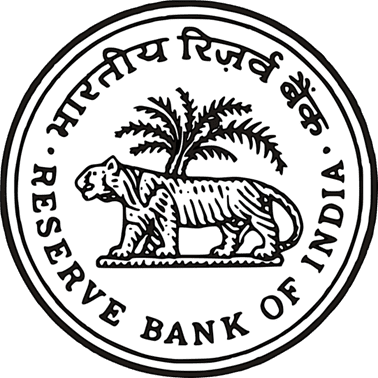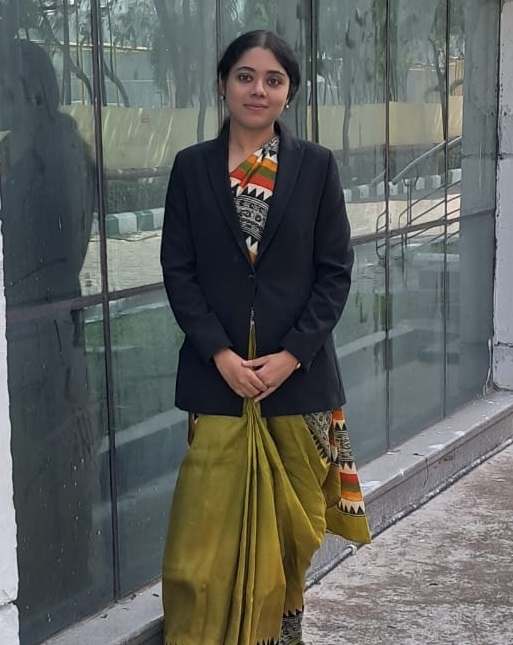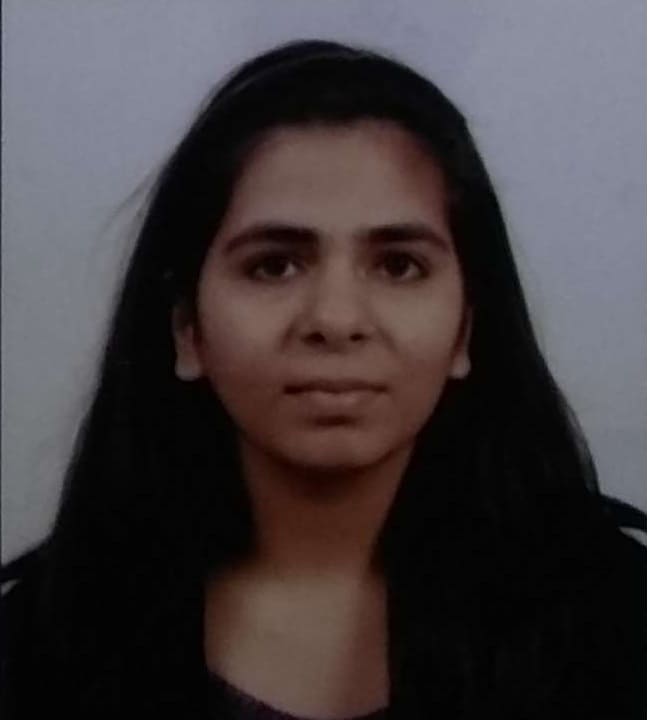Chairman: Dr. Amitabh Ranjan (6 panel members including him; 3 males and 3 females)
CM: Kaustubh, what is the meaning of your name? Is there any Hindi meaning too?
- Told the meaning
- In Hindi, it’s called Kaustubh mani.
CM: Given your good marks in physics and chemistry, why did you opt for economics after 12th?
- Told about how because of my father’s occupation (engineer) and my home town (nearby KOTA), engineering was the first choice generally but I wasn’t interested in physics and chemistry. I was decent about Maths and started discussing what my viable options can be.
- Economics seemed to be a credible field due to its potential scope and practical implications in the society.
CM: You postgraduated in 2020, what have been doing for the last 2 years?
- Told them I passed in November 2020 and immediately started preparing for Depr which was slated in March’21, didn’t clear it. Later in the year, I qualified JRF in order to open another career avenue in the form of PhD. (chuckled about my postgrad marks)
CM: What other options do you have apart from RBI?
- At the moment, my utmost focus and priority is RBI only. I tend not to think about other options because I’m confident this will work out. But if the options are concerned, I have qualified JRF which can help me to pursue PhD. and secure a decent institution for the same. Though I have not given much thought about the PhD.
Male 2: You’ve mentioned Kathak. How do you get time for it with your studies? (I did Junior Diploma in Kathak in 2012)
- Sir, there are 24 hours in a day so I try to distribute the time to different activities to keep myself active and sane. It’s important for me to indulge in other activities along with studies.
Female 1: WHY do you want to join RBI?
- Told them that I’m interested in research because of some of the work I did during my masters and since DEPR entails policy supportive research in macroeconomic issues like monetary policy, financial stability, etc., it becomes a viable platform for me use my skills
- Have you worked on any research paper? – Told her about the term paper I did in DSE and explained the topic and objective.
- Which methodology did you use? – We used DID, explained that using treatment group and control group.
- Did you use any econometric packages for this project? – Told that we used STATA for regression analysis and to check for errors. Since our data was time series, we needed to check about autocorrelation and stationarity.
- Have you worked with R, Python? – My apologies ma’am, I have not.
Female 1: What is your area of interest?
- I’m interested in the field of financial inclusion, because I’m also interested in growth & development and financial inclusion is that one function of RBI that caters to both growth and development well.
- Can you explain what financial inclusion is? – Explained using 3 pillars: availability, accessibility and affordability.
- How can digitization help in financial inclusion? – With increased digitization, more people are able to use financial services and coming under the purview of formal banking system, leading to financial inclusion. Also, the other way round, financial inclusion also leads to digitization with increased access. Hence, both digitization and financial inclusion should work in tandem to form a virtuous cycle. (Could have explained better by using key terms like digital footprint, etc.)
- There is a chatter about monitoring digital payment sector, what would you suggest or what steps have been taken? – Yes ma’am, there is a great discussion going about regulation of digital payment sector since there are many illegal apps which are working in this sector outside the purview of RBI which can lead to money laundering, terror financing, frauds, etc. RBI recently introduced a whitelist for such apps to segregate legal apps from illegal ones. RBI also introduced Digital lending guidelines to regulate the sector.
- How would you measure the data since there are inconsistencies in digital data? – (I had a slight difficulty in understanding the question and I thought ma’am is asking about the regulation again, but then she emphasized how would you measure) Ma’am we can a form an index to measure the data related to digital payments and its penetration in the society. RBI uses Digital Payments Index for measuring the extent of digital payments based on certain parameters.
Female 2: So Kaustubh you’ve done a lot of things like Kathak, German, your academics, surely there are 24 hours in a day (said while looking at other panel members). Was German part of your curriculum?
- No ma’am, I did diploma from Hansraj separately from my graduation in Ramjas.
Female 2: You must have gone through the RBI website. Tell me what appears when you open the website.
- Yes ma’am, when we open RBI’s website, at the centre, there are new notifications regarding RBI’s publications, working papers, new data, etc. On the left, there are policy rates, reserve rates, exchange rates, and some rates related to markets. And on the right, there are functions of RBI.
- And what about bottom? Bottom nhi dekh aapne (she asked with a smile)? – I smiled and said that ma’am I must have seen it but I’m not able to recall at the moment.
Female 3: Tell me about the relation between financial inclusion and financial stability.
- Financial inclusion can adversely impact financial stability in the way that it supports a large number of people to access banking services which may lead to some people misusing those services and frauds, there may also be an increase in defaults. This can be detrimental to financial stability. At the same time, financial inclusion can increase the extent of financial services leading to improvement in their quality. Also, as more people come under the purview of banking system, the extent of informal lending gets reduced and that of formal lending increases. This enables better monitoring of those lending and promotes financial stability.
- What was the watershed moment for financial inclusion in India? – Ma’am, Pradhan Mantri Jan Dhan Yojana led to ( ma’am interrupted saying that PMJDY was a measure, what led to that measure?) Ma’am, RBI introduced the term ‘financial inclusion’ in 2005. (Ma’am nodded affirmatively and asked which event led to that introduction?) Ma’am I’m not aware about the particular event but if I’ve to guess, RBI might have introduced the term to amplify the need to serve the unbanked and underserved areas which were a lot more during that time.
Male 3: Since you’re interested in financial inclusion, you must have read about Global Findex. Tell me about it. Who publishes it?
- Sir, I did read about Global findex but I’m not able to recall it at the moment. (I had World Bank in mind but for some reasons I didn’t guess it)
- They also released an India specific report. – Yes sir, they released specific findings for India but I’m not able to recall it. The findex was launched this year in June (Sir and one ma’am nodded negatively that it has been there since 10 years) Yes sir, my apologies, I meant to say this year the report came in June.
(Sir thanked me and asked me to leave. I could sense some dejection in his tone. Suddenly chairman interrupted)
CM: Wait, I have some questions. So Kaustubh, are you still continuing with Kathak?
- Yes sir, I try to be consistent. Having said that, I have proficiency in other dance forms too so I try to fuse Kathak with other dance forms.
- Which dance form exactly? – Sir, waacking. Waacking involves extensive hand movements and Kathak also involves a lot of mudras (showed one mudra instantly) , so it comes naturally to me to fuse both of them.
- Where has this waacking originated from? – Sir, It originated in America as a result of LGBT movement.
- People often think of Kathak in regard with the Spanish tap dance. What could be the reason?
– Sir, Spanish tap dance involves a lot of footwork and Kathak also involves extensive footwork,
especially in the Jaipur gharaana. That’s the reason why people draw parallels between the two dance forms.
- What is the difference between Lucknow gharana and Bananras gharaana? – Sir, there ain’t many differences between the two because both involve gentle hand movements and stress upon the acting part of kathak. Having said that, banaras gharaana is touted to be the oldest gharaana.
(OK thankyou Kaustubh, you can go. I thanked everyone, wished them a good day and exited the room)




